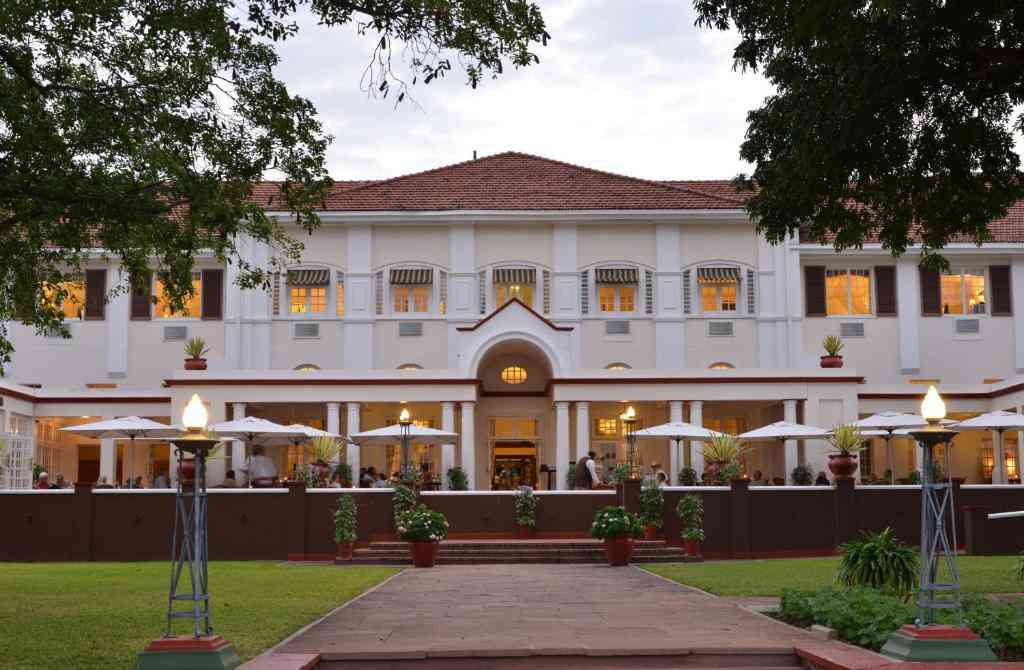
BANKERS Association of Zimbabwe (Baz) has justified increases in bank charges as financial institutions deal with a plethora of costs.
This comes despite a recent push by the central bank for the sector to reduce charges through incentives to increase the level of deposits, particularly foreign currency deposits into their systems.
The Reserve Bank of Zimbabwe push follows the monetary authority’s estimates that over US$2 billion was circulating in the informal sector.
In emailed responses to NewsDay Business, Baz chief executive officer Fanwell Mutogo said banks, like any other industry, incurred costs when providing a service to their clients.
“Some of the costs are but not limited to the following: operational and capital costs from service providers; licence fees for core banking systems which are charged based on the number of accounts; software maintenance costs; cost of repatriating currency; the banking sector is prone to price volatilities in the operating environment and, therefore, in our pricing there is an element of cost-push pricing; traditionally current/demand accounts incur bank charges, but there are other products like savings accounts which do not incur charges,” Mutogo said.
“Our drive is to try (to) promote products/accounts which do not incur charges such as the no frills (low-cost accounts).”
The increases in the bank charges are as a result of the local currency depreciating by over 700%, year to date, to the current US$1:ZWL$5 719,71.
High banking fees remains one of the reasons why local informal players shun banking their monies, while the public generally have low confidence in the country’s banking system and are sceptical that once banked, they will be able to access that money again.
- Mangudya speaks on banks’ stability
- Mangudya speaks on banks’ stability
- Rampaging inflation hits Old Mutual . . . giant slips to $9 billion loss after tax
- Monetary measures spur exchange rate stability: RBZ
Keep Reading
As of the end of September, the banking sector had US$1,6 billion in the nostro accounts a level which the central bank wants to increase.
The issue of confidence building is not an event but a process which must involve all stakeholders, i.e, government, customers and banks,” Mutogo said.
“However, it is pleasing to note that the official statistics obtained from the central bank show a significant improvement in the growth in foreign currency deposits from around US$300 million in 2018 to US$1,6 billion as of September 2023. We are confident assuming the current status quo, that the trend will maintain.”
The central bank has been pushing banks to offer “no frills account”, a type of bank account which requires an individual to maintain a negligible or no minimum balance along with following some simple know-your-customer norms.
“The Bank has encouraged the banks to open ‘no-frills’ and/ or low-cost accounts to promote the use of formal banking institutions. The no-frills accounts would also have lower bank charges when compared to traditional savings accounts,” the Reserve Bank of Zimbabwe governor John Mangudya said, in a recent pre-budget seminar for the 2024 fiscal year.

“A safe, sound, and liquid banking sector is necessary to support Government’s gross financing needs or borrowing requirements. The Banking sector has demonstrated resilience and strong performance with all banking institutions recording profits. The sector has withstood shocks including COVID-19 and has become even stronger.”
He said banking sector performance indicators compare favourably to international benchmarks.
“Statutory Instrument 218 of 2023 which extended the deadline for the use of foreign currency to 2030 will further boost confidence and promote lending in US dollars. Lending rates for US$ loans are driven mainly by international conditions such as the secured overnight financing rate and country risk premium,” Mangudya added.











